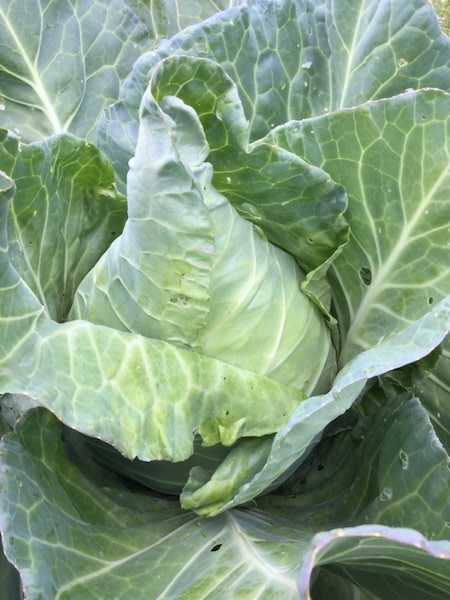(40-60 days) F-1 hybrid.
In our 2018 summer trials of pointy-headed green cabbage, patient and persevering Murdoc transcended the conical competition. Frazzled by a humid scorching mid-July, the contenders shredded in the field while Murdoc wrapped and grew unfazed, burgeoning into a huge weed-suppressing plant with mind-boggling 8-10 lb jaunty fat magician’s-cap heads.
Lightly crisp and slightly melting with a tang of spice laced into the mild brassica sweetness, breeder Bejo Seeds proclaims it perfect for Bavarian weisskraut (a sweet and sour braised cabbage concoction). We found ourselves keeping a huge Murdoc head around just to admire! Contains less than 10% off-types endemic to the variety. Tested negative for BR and BL.
Supplier Transparency:
④ Multinational corporations not to our knowledge engaged in genetic engineering







